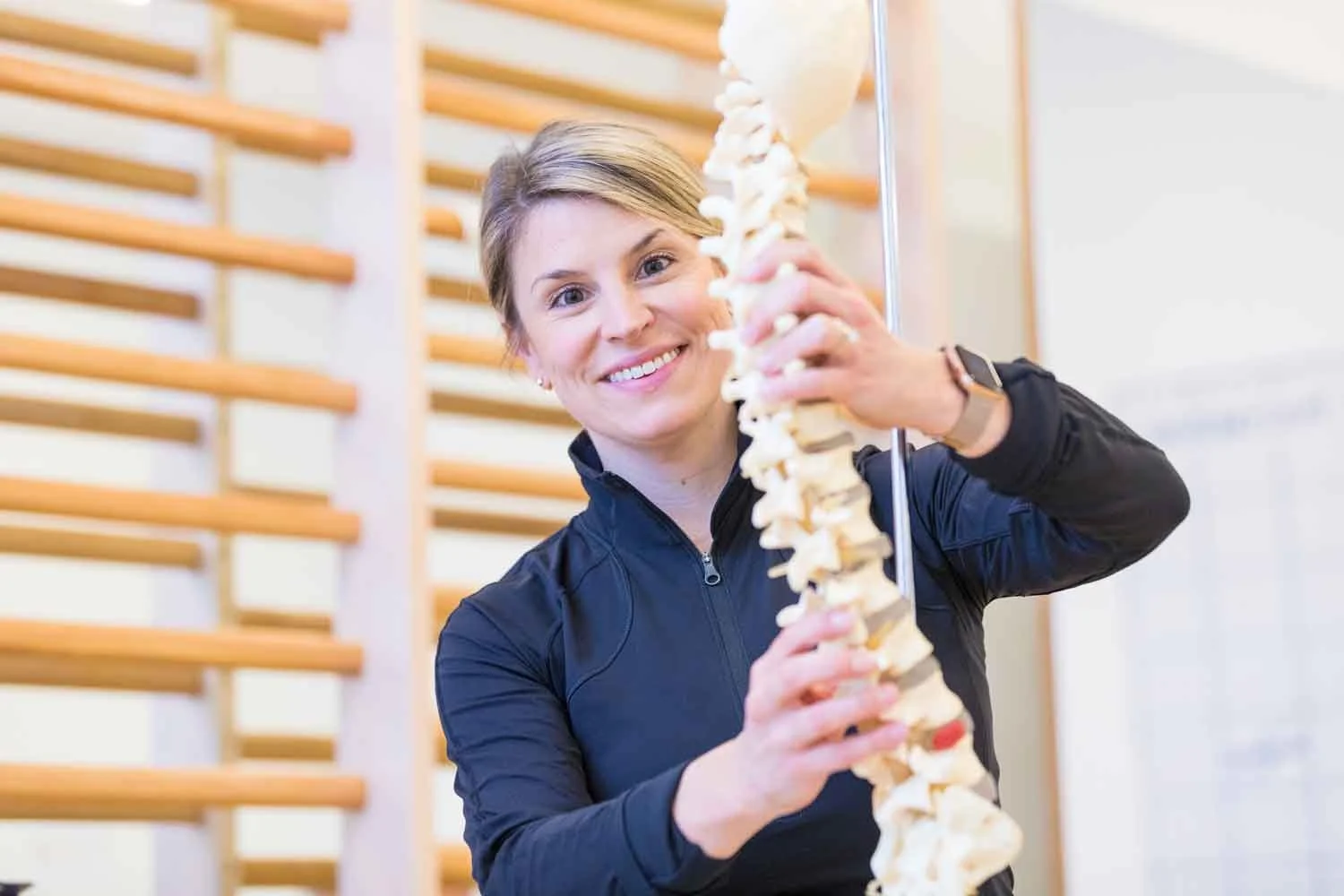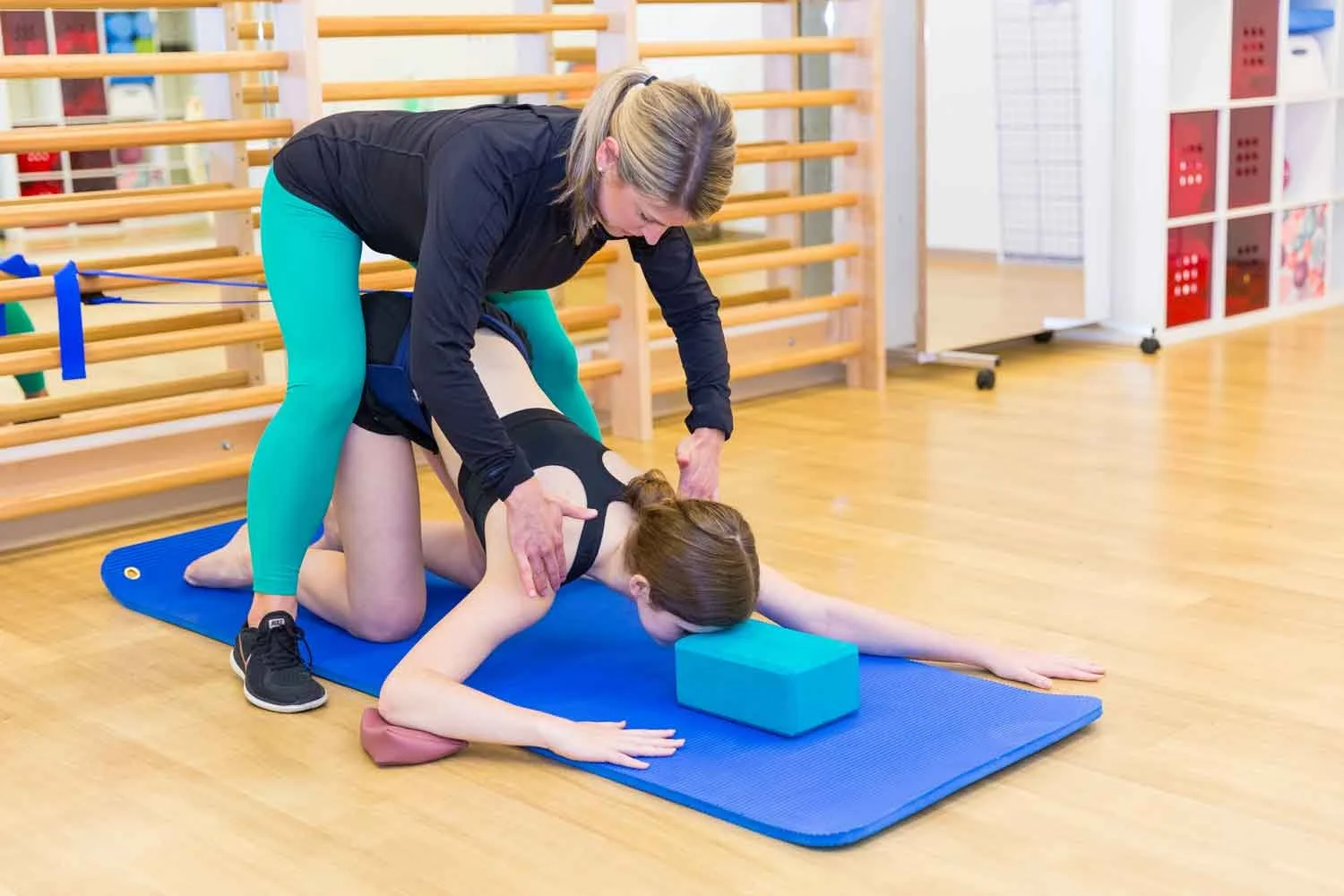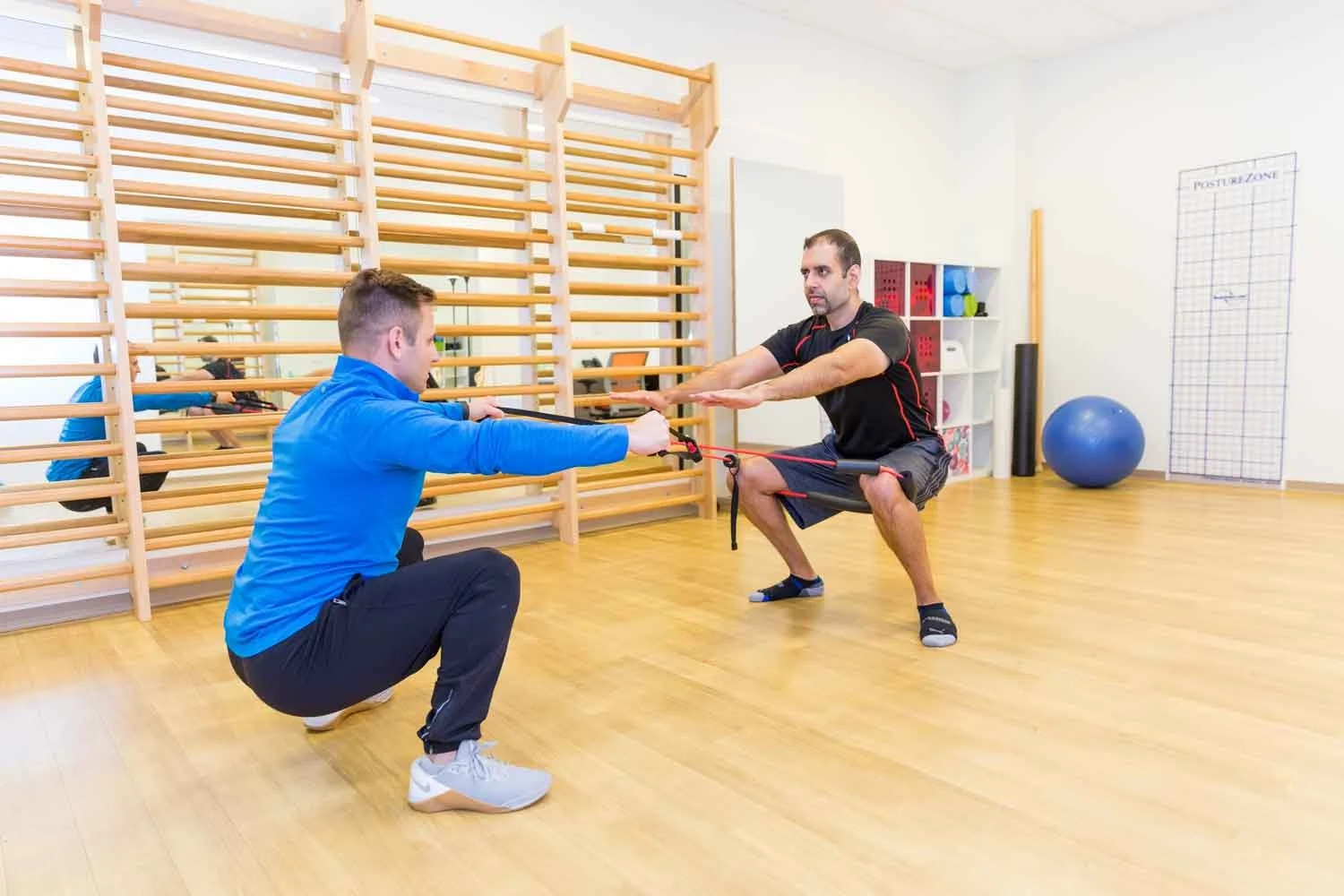
Pre and Post-Spine Surgery
The Schroth Method is appropriate for those heading into surgery and those returning from surgery.
1 out of 100 children will require surgery to arrest and correct their scoliosis. We view scoliosis surgery as a life-altering gift for those who need it, as historically, children with progressive, large curves would eventually become chair and bedridden due to respiratory distress and muscle weakness.
Prehabilitation begins weeks or months before a planned scoliosis surgery. The goals of “Prehab” are to teach the muscular system to support the future bone re-structuring and hardware, to improve alignment and balance of the trunk, and to promote effective, symmetrical respiration into the lungs.
Once cleared by your physician, starting the Schroth Method post-surgically works to rebuild trunk muscle that may have been atrophied during scoliosis progression or longer recoveries. We believe that spine surgery should only happen once in one’s lifetime, so taking good care of your new straight spine and ensuring the hardware lasts requires effort.
The Schroth Method creates a balanced trunk, improves spinal stability, ensures proper respiration mechanics, and even alleviates pain and symptoms.
We take extra special care of our post-surgical patients, protecting any vulnerable areas of the spine (typically the vertebra and joints directly above and below the spinal fusion or VBT).
We also believe that a full return to activities and function is possible and recommended, and we strive to help patients build both strength and confidence to do so.
To learn more, read our blog post about Life After Scoliosis Surgery.
Ask about additional treatments:
-
Soft and Deep Tissue Mobilization. Hands-on techniques intended to release tightness, trigger points, and restrictions in the muscles and fascia. This technique can be useful in addressing tight musculature and other soft tissues around the curvature resulting in improved mobility of the curve.
-
A thorough assessment will determine if there are shortened muscles in the body that are contributing to the patient’s diagnosis. We provide both assisted stretching, as well as instruction on how to properly stretch at home.
-
The body can become deconditioned for a variety of reasons: due to pain, surgery, sedentary lifestyle, and even wearing a brace. The importance of core, hip, and back strength can not be understated for those with scoliosis or spinal diagnoses, especially those who are considering bracing, are currently braced, or who have been braced in the past.
-
In contrast to exercise performed purely for fitness, therapeutic exercise isolates a particular muscle group that is weak or dysfunctional. These will be implemented to complement the Schroth Method.
-
Stiffness in the joints can be addressed by applying graded pressure to the joint surface.
-
Utilizing small, thin needles to both activate dormant muscle tissue as well as release hypertonic muscles. This can be a great tool to reduce both acute and chronic pain, as well as improve mobility.
80 minute evaluation: $330
50 minute follow-up: $235
Have questions? READ FAQS
Need to talk with us? CONTACT US




